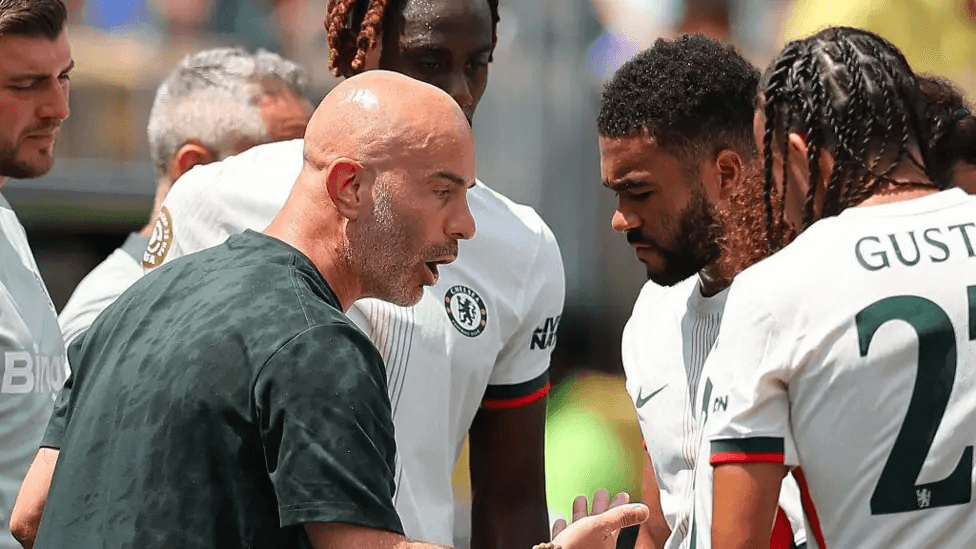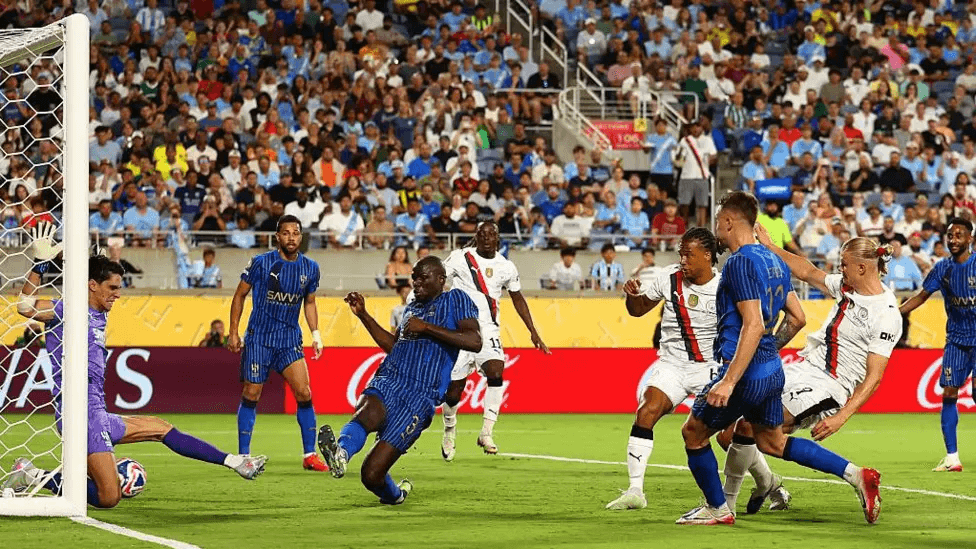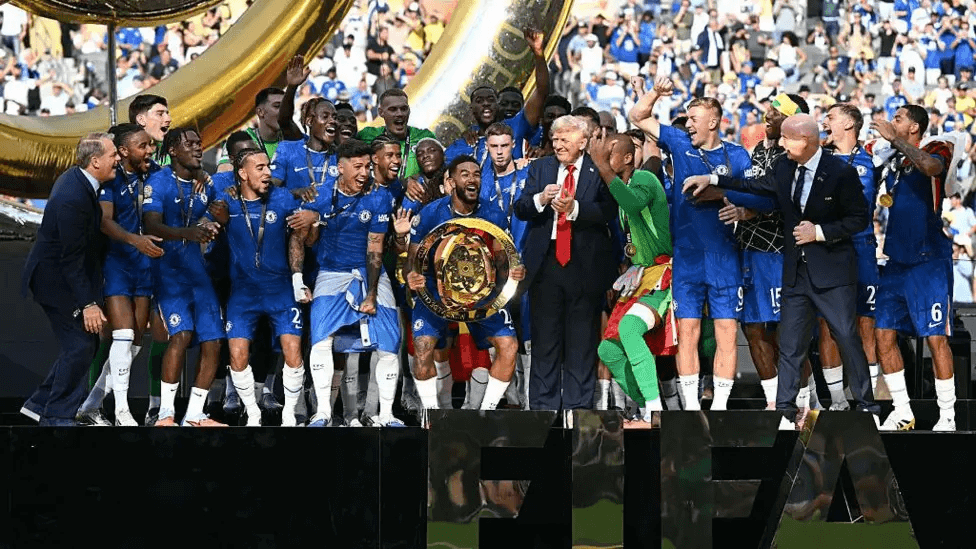Lessons from Club World Cup Ahead of 2026

The Club World Cup served as an important test run for the 2026 World Cup, where 48 teams will compete across Mexico, Canada, and the United States. Five venues used in this tournament - including Mercedes-Benz Stadium and MetLife Stadium - will also host matches in 2026.
Extreme Weather Challenges
The tournament faced significant weather disruptions that could preview conditions for 2026:
- Lightning delays: Six matches were postponed (40 minutes to 2 hours) due to US safety regulations
- Extreme heat: Temperatures reached 39°C (102°F) with heat indexes over 50°C (122°F)
- Player impacts: Juventus had 10 players request substitutions due to heat in one match
Fifpro warns that 9 of 16 host cities have "very high" or "extremely high" heat stress risks for 2026. Potential solutions include:
- Scheduling matches to avoid peak heat hours
- Utilizing more stadiums with retractable roofs (5 available in 2026 vs 1 this year)
Attendance and Fan Engagement
The tournament saw mixed attendance results:
- Highlights: 17 matches drew 60,000+ fans (81,118 for the final)
- Challenges: 4 matches had under 10,000 attendees (lowest: 3,412)
Key factors affecting turnout:
- Weekday afternoon kickoff times
- Competition with concurrent Gold Cup matches
- Dynamic ticket pricing controversies (some prices dropped from £350 to £8)
Transportation and Infrastructure
Venue accessibility varied significantly:
- Challenges: Some stadiums like MetLife required 30-minute walks from public transit in extreme heat
- Successes: Atlanta's Mercedes-Benz Stadium offered excellent transit links and climate control
Teams also faced traffic delays, including Real Madrid and PSG being stuck in gridlock before their semifinal.
Pitch Quality Concerns
Players and managers criticized playing surfaces:
- Artificial turf conversions resulted in inconsistent grass quality
- Some pitches were described as "more like golf greens" than football surfaces
- Watering and maintenance challenges affected play quality
Security Measures
The tournament implemented robust security protocols:
- Multiple credential checks and bag searches at all venues
- Heightened presence for matches attended by high-profile figures
- Specialized units including bomb squads and counter-terrorism teams
Key Takeaways for 2026: While the Club World Cup highlighted several logistical challenges, it also provided valuable insights for FIFA to improve the World Cup experience regarding weather management, transportation, and fan engagement.
Recommended

Guardiola's men ease into Club World Cup knockout stage

Man City, Chelsea Advance in Club World Cup

Chelsea survive heat, advance to face Benfica

Fluminense's historic win sets up potential Man City showdown

Man City Stunned by Al-Hilal in Seven-Goal Thriller

Al-Hilal stuns Man City in Club World Cup upset

Dortmund advance but Jobe Bellingham suspended for Real clash

Chelsea Near £80m Jackpot in Club World Cup

Dembele Shines as PSG Storm Into Final


